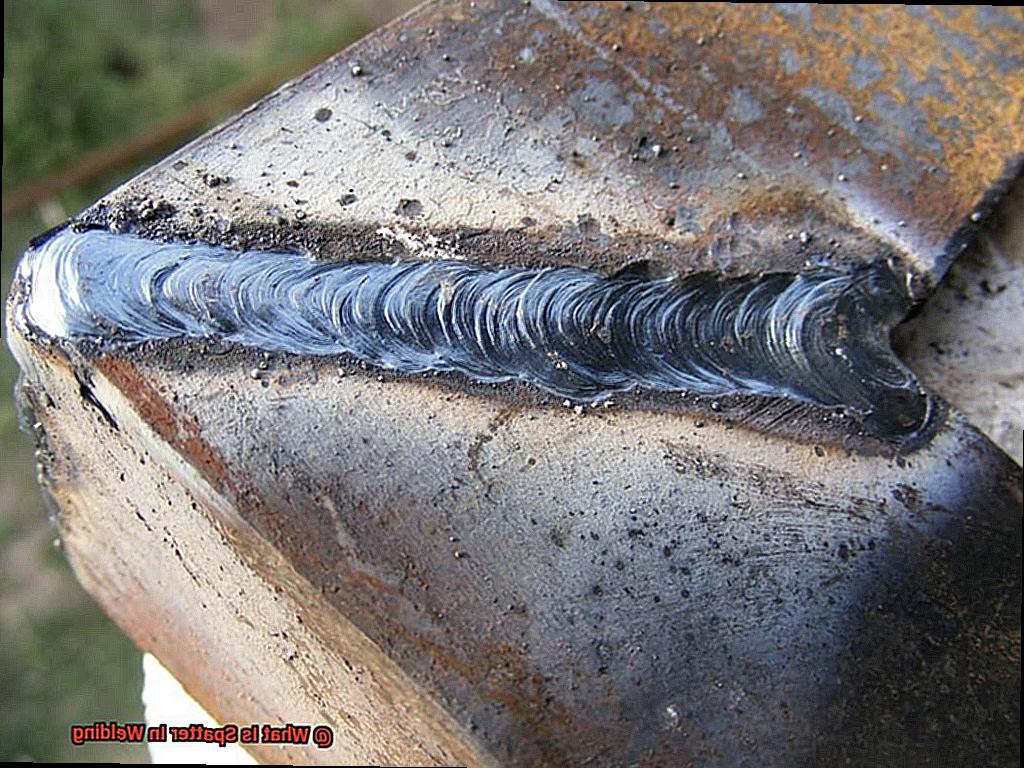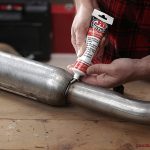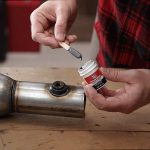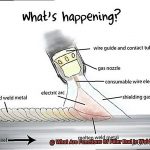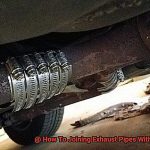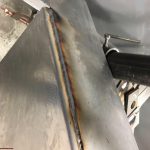Welding is a centuries-old technique that has revolutionized the way we join metals. It’s a skill that requires precision and expertise, but it can be challenging, even for the most experienced welders. The reason? Spatter – an unwanted phenomenon that commonly occurs during the welding process.
So what exactly is spatter in welding, and why does it matter? Essentially, spatter refers to tiny droplets of molten metal that are expelled along with the weld pool. These droplets cool instantly and solidify on the surface around the weld joint, creating an unsightly appearance. Not only does this look unprofessional, but spatter can also cause damage to equipment and even burns to the welder.
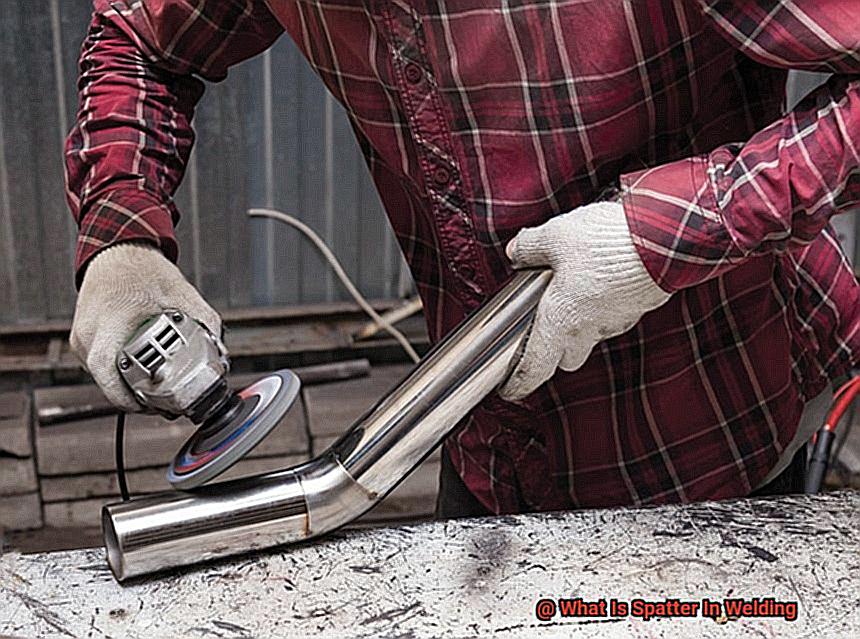
As a welder, spatter is your worst enemy. But fear not. With some technique, expertise, and quality equipment, it’s possible to minimize spatter and achieve flawless results. In this blog post, we’ll explore the various causes of spatter, different types of spatter you may encounter during welding, and offer tips on how to reduce or prevent it from occurring altogether.
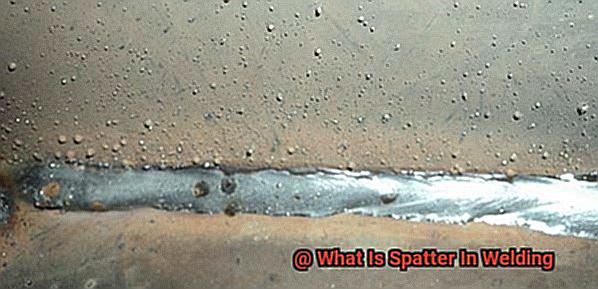
Whether you’re a beginner or seasoned pro looking to up your game in welding, this guide will provide valuable insights into tackling spatter head-on for a smooth finish every time. So let’s dive in.
What Is Spatter in Welding?
Contents
If you’re passionate about welding, you probably know that spatter is the tiny droplets of molten metal that are expelled from the welding arc during the welding process. However, did you know that spatter can cause a number of issues such as porosity, cracking, and reduced aesthetics?
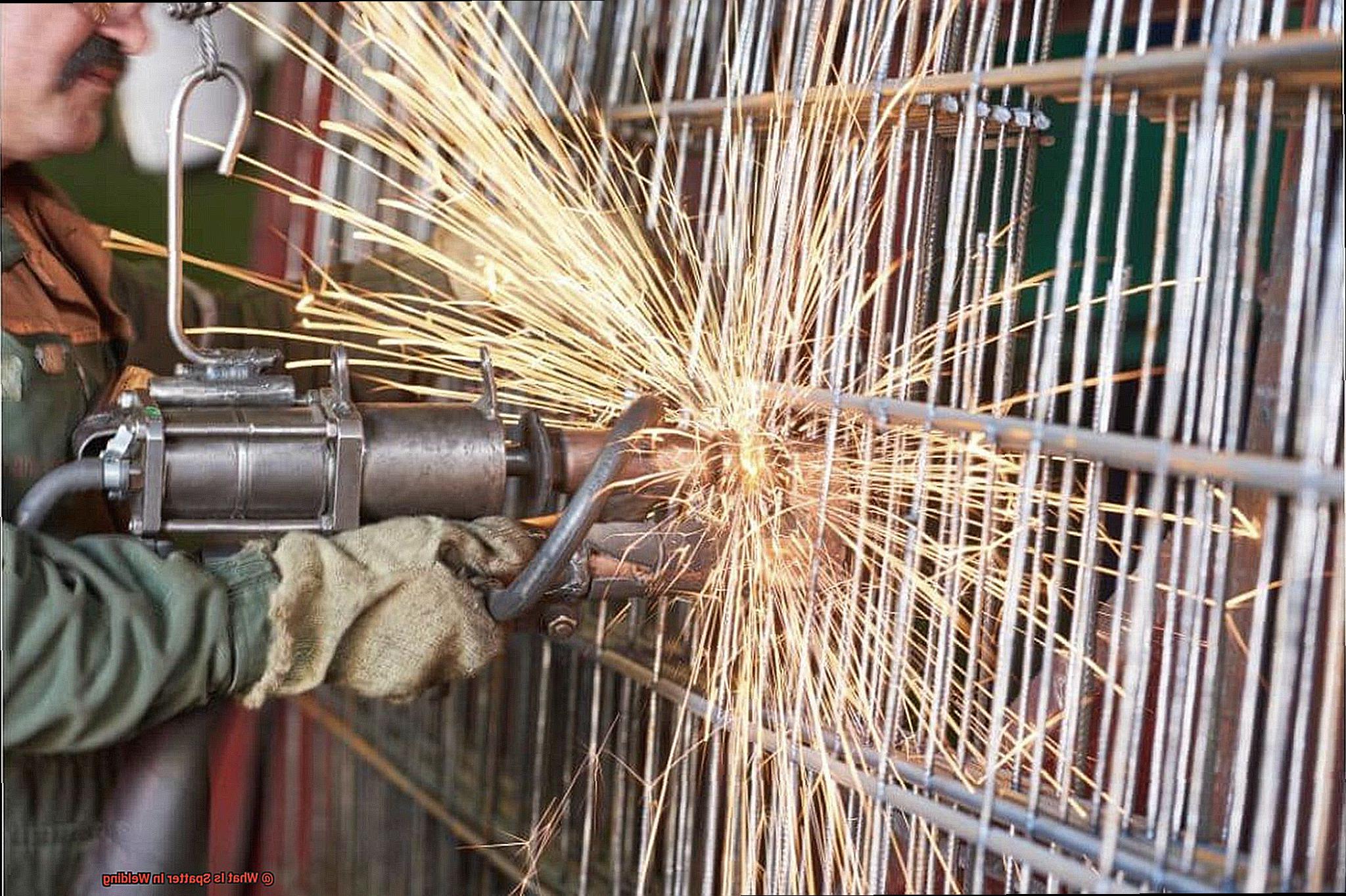
Spatter is an inevitable part of most welding processes, but don’t worry, it can be minimized through proper technique and equipment selection. The amount of spatter produced during welding depends on various factors such as the welding process, the type of electrode or wire used, and the welding parameters. For example, some processes such as TIG welding produce minimal spatter, while others such as MIG welding can produce a significant amount.
Spatter can cause damage to nearby surfaces if left uncontrolled. It is typically caused by using too much voltage or electrical current during the welding process, improper shielding gas flow, or contaminated gas. The cleanliness of the workpiece can also affect spatter since a dirty or contaminated surface can cause more spatter due to its inability to conduct heat away from the weld.
Reducing spatter is essential for producing high-quality welds with minimal defects. Making adjustments to the welding equipment and techniques used is one way to reduce spatter. For example, using a lower voltage or current setting, adjusting the gas flow, or cleaning the metal surface beforehand can all help reduce spatter.
Additionally, using a spatter-reducing spray or anti-spatter compound on nearby surfaces can help prevent damage from any spatter that does occur.
Types of Welding Processes and Spatter Production
Welding is a fascinating and complex process that requires a high level of skill and precision. However, one of the pesky problems that welders face is spatter production. Spatter refers to those droplets of molten metal that come with welding and can cause issues like porosity and cracking. But fear not, understanding the different types of welding processes and their effects on spatter production can help you minimize spatter and produce high-quality welds.
MIG welding, one of the most popular techniques, uses a consumable wire electrode to produce an electric arc between the electrode and the base material. The weld puddle is shielded from atmospheric contamination by an inert gas. Although this process produces little spatter, the type of gas used can affect spatter production.
TIG welding, on the other hand, uses a non-consumable tungsten electrode to create an arc that melts both the base material and filler material. A shielding gas is used to protect the weld puddle from atmospheric contamination. This process requires a high level of skill and precision but produces very little spatter.
Stick welding, another popular technique, uses a consumable electrode coated in flux to produce an electric arc between the electrode and the base material. The flux coating creates a shielding gas that protects the weld puddle from atmospheric contamination. This process produces more spatter than MIG or TIG welding but is still reliable for welding thicker materials.
Lastly, FCAW utilizes a hollow wire filled with flux to produce an electric arc between the wire and the base material. The flux creates a shielding gas that protects the weld puddle from atmospheric contamination. Although this process produces more spatter than MIG or TIG welding, it is useful for welding thicker materials.
Factors Affecting Spatter Production
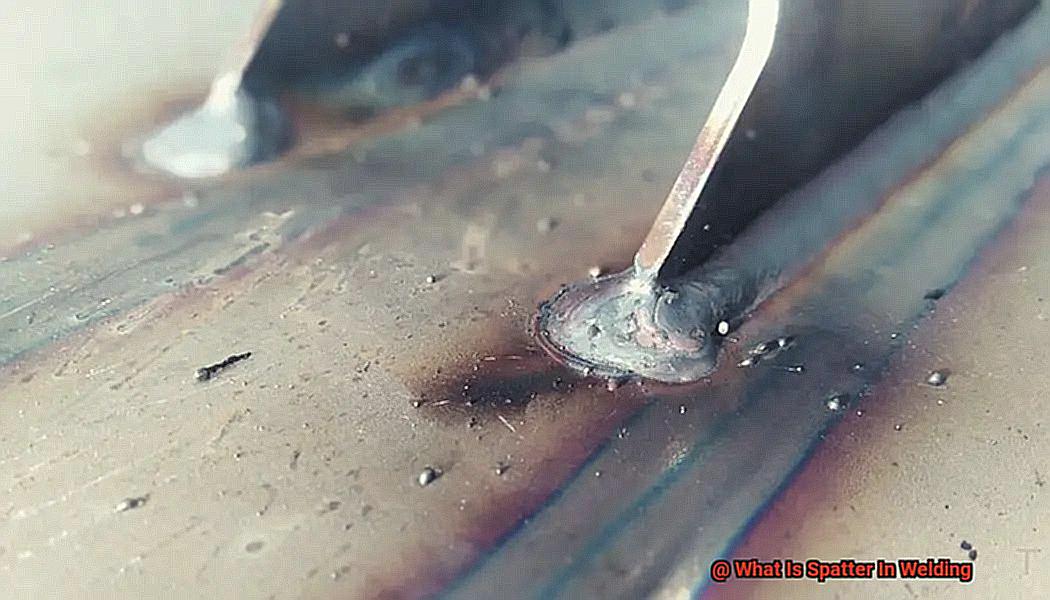
It can be frustrating, time-consuming, and can have a significant impact on the quality of our welds. However, there are several factors that contribute to spatter production, and understanding them can help us minimize spatter and improve the efficiency and quality of our welding work.
One of the main factors that affect spatter production is the type of welding process used. For example, gas metal arc welding (GMAW) produces more spatter than gas tungsten arc welding (GTAW) because GMAW uses a consumable wire electrode that can create more droplets during welding.
Another crucial factor is the type of material being welded. Materials such as aluminum and stainless steel are more prone to spatter due to their higher thermal conductivity and melting points. Additionally, the thickness of the material being welded plays a role in spatter production since thicker materials require more heat input, which can lead to increased spatter.
The welding parameters used during the process also affect spatter production. Parameters such as voltage, current, and wire feed speed all impact the amount of spatter produced during welding. Higher voltages and currents can lead to increased spatter, while lower wire feed speeds result in more droplets being produced.
Lastly, cleanliness is essential in reducing spatter production. Any contaminants on the surface of the workpiece, such as oil or grease, can cause spatter during welding. Similarly, dirty or worn-out welding equipment contributes to increased spatter production.
Cleanliness and Shielding Gas Considerations for Minimizing Spatter
Welding may seem like a messy process with spatter being an annoyance for welders. Spatter refers to those tiny droplets of molten metal that fly off during welding, leaving an unpleasant mess on your workpiece. However, there are ways to minimize spatter, and two crucial factors are cleanliness and shielding gas considerations.
Cleanliness
Imagine painting a wall covered in dirt and debris – it won’t look pretty, right? The same goes for welding. Before starting your welding job, ensure your work surface is free from rust, dust, or other contaminants. These contaminants cause bubbles or pores to form during the welding process, leading to spatter. Nobody wants that.
Shielding Gas
Too much or too little gas flow can cause spatter. Therefore, it’s vital to use the right amount for the type of welding you’re doing.
Even if you’re using the right amount of shielding gas and have a clean surface, you could still face spatter issues if your equipment isn’t maintained correctly. Clogged nozzles or dirty wire feeders can also cause spatter during welding. So ensure that you clean and inspect your equipment before every use.
In conclusion, cleanliness and shielding gas considerations are critical for minimizing spatter during welding. By taking care of these two factors and maintaining your equipment, you’ll significantly reduce spatter and improve the quality of your welds.
Excessive Spatter as a Sign of Improper Technique or Equipment
Excessive spatter can be the bane of any welder’s existence. Not only does it result in a poor-quality weld, but it can also damage equipment and create an unnecessary mess. Fortunately, by understanding the various causes of excessive spatter, you can take steps to minimize it and achieve high-quality welds every time.
One of the main culprits of excessive spatter is improper welding technique. This can include using too much current or voltage, having an incorrect electrode angle, or moving your gun too quickly or too slowly. Think of welding like a delicate dance – you need to use the right steps and timing to achieve the desired results. By using the correct settings for your welding application and practicing proper technique, you can minimize spatter and create beautiful welds.
Another factor to consider is equipment maintenance. Worn or damaged consumables like nozzles, contact tips, and shielding gas can all contribute to increased spatter. As with any superhero, your equipment needs regular check-ups and maintenance to perform at its best. By inspecting your equipment regularly for signs of wear and replacing any worn components, you can minimize spatter and ensure optimal performance from your tools.
Material choice can also play a role in excessive spatter. Certain materials like aluminum or stainless steel require adjustments to your technique and equipment to minimize spatter. It’s kind of like facing a new villain – you need to adapt your strategy to defeat them. By adjusting your technique and equipment to accommodate for these materials, you can minimize spatter and achieve high-quality welds.
Ultimately, excessive spatter is a sign that something isn’t right with your welding process. By addressing the root cause of spatter – whether it be improper technique, equipment issues or material choice – you can improve the quality of your welds and save yourself from unnecessary cleanup time.
Nf2fvo7d73I” >
Conclusion
In summary, spatter is an unwelcome occurrence that can happen during welding. It refers to small droplets of molten metal that are expelled with the weld pool. Spatter can cause damage to equipment, burns to the welder, and make the final product look unattractive. Fortunately, through proper technique, expertise, and quality equipment, spatter can be managed.
The amount of spatter produced during welding depends on various factors such as the type of welding process used, the electrode or wire used, and the parameters set during welding. Different types of welding processes such as MIG welding, TIG welding, stick welding, and FCAW have unique effects on spatter production. The factors affecting spatter production include material type being welded, cleanliness of workpiece surface, welding parameters used during the process and equipment maintenance.
To reduce spatter during welding it is important to consider cleanliness and shielding gas. By taking care of these two factors and performing regular equipment maintenance by inspecting it for signs of wear and replacing any worn components you’ll significantly reduce spatter and improve your overall weld quality.
Excessive spatter can indicate a problem in your welding process. By addressing the root cause – whether it be improper technique or equipment issues – you can improve your weld quality while saving yourself from unnecessary cleanup time.
